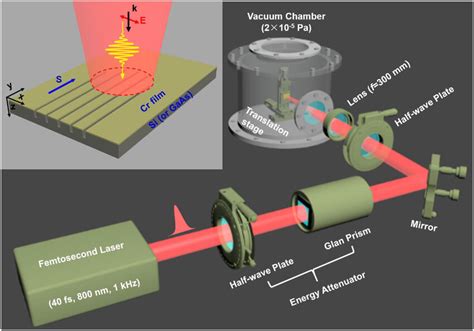In a world where technology evolves at a rapid pace, the concept of 3D midair plasma displays created by femtosecond lasers sounds like something out of a sci-fi movie. The user comments shed light on various aspects of this technology, raising questions about its practicality, safety, and potential for mass adoption. While the idea of being able to touch and interact with holographic-like displays is intriguing, it also poses significant challenges in terms of implementation and safety measures.
One of the recurring themes in the user comments is the issue of safety associated with femtosecond lasers and plasma displays. The intricate details shared by users about laser-induced eye damage, skin burns, and potential hazards highlight the importance of stringent safety protocols when dealing with such advanced technology. Whether it’s the noise levels generated by the plasma bursts or the risk of misconfiguration leading to unintended harm, safety concerns loom large in discussions around this futuristic display technology.
Beyond the safety considerations, the comments also touch upon the cost and practicality of femtosecond laser technology. From the high price tags of fiber lasers and medical-grade equipment to the challenges of scaling up production for commercial use, the economic viability of 3D midair plasma displays remains a significant barrier to widespread adoption. The discussion around the military applications of this technology further complicates the narrative, hinting at specialized uses that may limit its civilian applications.
While the idea of femtosecond lasers creating tangible 3D displays is captivating, the road to mass adoption is riddled with technical, safety, and economic hurdles. From concerns about noise levels and skin burns to debates about cost-effectiveness and practical applications, the user comments provide valuable insights into the complexities of this cutting-edge technology. As researchers and developers continue to push the boundaries of what’s possible with femtosecond lasers, the quest for safe, affordable, and impactful 3D midair plasma displays remains a tantalizing challenge.
Looking back at previous attempts to revolutionize display technology, such as the IO2 Heliodisplay and Field Emission Display, it becomes clear that innovation in this space is fraught with risks and uncertainties. While each new technology promises groundbreaking advancements in user experience and interaction, the reality of market dynamics, technological limitations, and safety considerations often temper the initial excitement. As the evolution of display technology unfolds, it will be crucial to address not only the technical prowess of such innovations but also their practicality, accessibility, and safety for widespread adoption.
The journey towards realizing the full potential of femtosecond lasers in creating 3D midair plasma displays is a testament to human ingenuity, curiosity, and perseverance. As researchers and enthusiasts explore the possibilities and limitations of this technology, the overarching goal remains clear: to unlock new dimensions of visual communication, interaction, and entertainment. While challenges persist on the path to mainstream adoption, the allure of futuristic holographic displays that can be touched and felt continues to captivate imaginations and drive innovation in the ever-evolving landscape of display technology.
The comments from users, ranging from safety concerns to technical insights, offer a holistic view of the complexities surrounding femtosecond lasers and 3D midair plasma displays. As discussions around the practicality, safety, and economic feasibility of this technology unfold, it becomes evident that the journey towards realizing the full potential of futuristic display technology is paved with both promise and challenges. However, the allure of interacting with tangible holographic displays created by cutting-edge laser technology remains a beacon of innovation in the realm of visual communication and user experience.


Leave a Reply